Introduction
The real estate market has seen a fascinating evolution with the emergence of capsule houses, which are compact living spaces designed for efficiency and simplicity. Understanding capsule house price dynamics is crucial for both buyers and investors, as these homes represent a shift in how we perceive living standards. As minimalist living gains traction, the demand for these innovative dwellings continues to rise, prompting a closer examination of what influences their pricing.
Understanding Capsule House Price Dynamics
Capsule house prices can vary significantly based on various factors, including design, materials used, and location. These unique structures often appeal to those seeking affordable housing solutions without sacrificing quality or style. The interplay between consumer demand and production costs creates a dynamic landscape that requires careful navigation for potential buyers and sellers alike.
The Rise of Minimalist Living
In recent years, there has been a notable shift towards minimalist living as people seek to declutter their lives and embrace simplicity. This trend is not just about reducing possessions; it extends to redefining what home means in an increasingly complex world. As more individuals gravitate towards capsule homes, understanding the implications on capsule house prices becomes essential for those looking to invest in this burgeoning market.
Trends Influencing Future Prices
Several trends are currently shaping the future of capsule house prices, including technological advancements and changing consumer preferences toward sustainability. As smart home features become standard in modern designs, they add value but also influence overall pricing strategies within this niche market. Furthermore, the growing emphasis on eco-friendly materials will likely play a pivotal role in determining how capsule homes are priced moving forward.
Capsule House Market Overview

The capsule house market is rapidly evolving, reflecting a shift in consumer preferences towards minimalist living and efficient use of space. As urbanization continues to rise, the demand for compact yet functional homes has surged, leading to diverse pricing structures across different regions. Understanding the current landscape of capsule house prices provides valuable insights into this unique segment of the real estate market.
Current Price Ranges
Capsule house prices can vary significantly based on various factors such as location, materials used, and design features. On average, a basic capsule home may start around $20,000, while more sophisticated models equipped with smart technology can reach upwards of $100,000 or more. This range allows for flexibility in consumer choices and aligns with different budgets while catering to those seeking affordable housing solutions.
Key Market Players
Several key players dominate the capsule house market, each contributing unique designs and innovations that influence capsule house prices. Companies like PreFab Inc., known for its cutting-edge prefabrication techniques and sustainable practices, are at the forefront of this movement. Other notable competitors include Tiny Heirloom and Koto Design, which have carved out their niches by offering customizable options that appeal to eco-conscious buyers looking for stylish yet compact living spaces.
Value Proposition of Capsule Homes
The value proposition of capsule homes lies in their ability to provide affordable housing solutions without sacrificing quality or comfort. These homes often incorporate smart technologies that enhance energy efficiency and reduce utility costs—an attractive feature for budget-conscious consumers concerned about long-term expenses related to capsule house prices. Moreover, their small footprint promotes a minimalist lifestyle that resonates with environmentally aware individuals eager to downsize both their living space and ecological impact.
Technological Innovations Impacting Prices
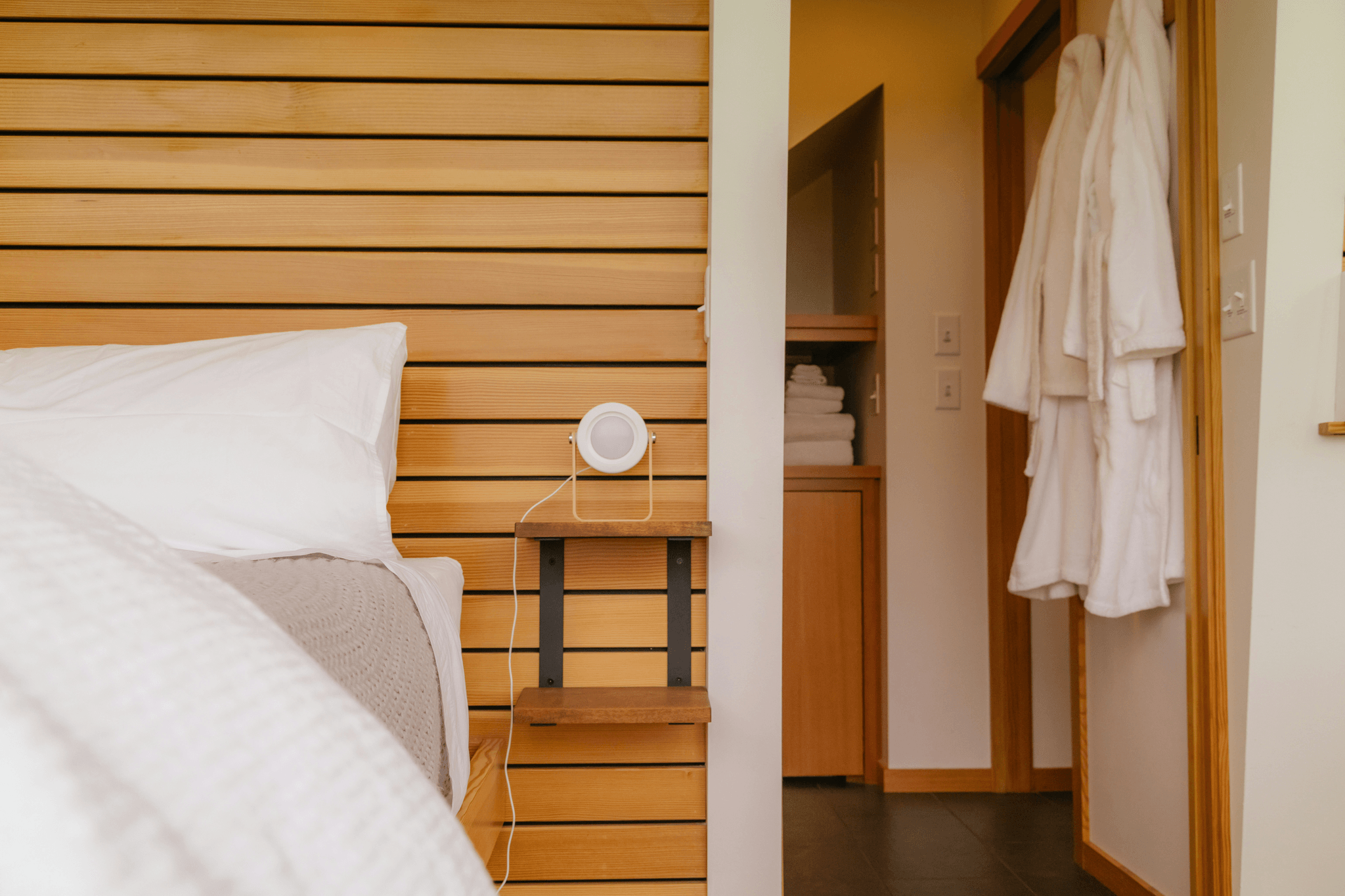
The capsule house market is undergoing a transformation, largely driven by technological innovations that are reshaping how these homes are designed, built, and priced. As more buyers lean towards efficiency and sustainability, the incorporation of smart home features has become a significant factor influencing capsule house prices. These advancements not only enhance the living experience but also add value to the homes, making them more appealing in an increasingly competitive market.
Smart Home Features
Smart home technology is revolutionizing the way we think about living spaces, including capsule homes. From automated lighting systems to smart thermostats that optimize energy use, these features can significantly impact capsule house prices by offering convenience and efficiency that modern buyers crave. PreFab Inc. is at the forefront of this trend, integrating cutting-edge technology into its designs to attract tech-savvy consumers who are willing to pay a premium for a connected lifestyle.
Moreover, as energy efficiency becomes more critical in today’s eco-conscious society, features like smart meters and energy-efficient appliances can lead to long-term savings on utility bills. This not only enhances the appeal of capsule homes but also justifies higher price points in a market where sustainability is increasingly valued. Therefore, when considering a capsule house price, potential buyers should recognize that investing in smart home technology often pays off both in comfort and financial savings over time.
Sustainable Materials and Their Cost
Sustainability isn't just a buzzword; it's becoming a fundamental part of building practices in the capsule house market. The use of sustainable materials—like recycled steel or bamboo—can influence capsule house prices significantly due to their initial costs and long-term benefits for both homeowners and the environment. While these materials may carry higher upfront expenses compared to traditional options, they often result in lower maintenance costs and increased durability over time.
PreFab Inc.'s commitment to sustainability means they prioritize eco-friendly materials without sacrificing quality or aesthetics. This approach appeals to environmentally conscious buyers who understand that while they may pay slightly more for sustainable options now, they'll reap rewards through reduced utility costs and greater resale value later on—a win-win situation when evaluating capsule house prices! Consumers are increasingly recognizing this value proposition as they choose homes that align with their values.
Prefabrication Advancements
Prefabrication is another game-changer for the capsule housing sector; it streamlines construction processes while maintaining high standards of quality control. This method allows for faster build times without compromising on design flexibility—an important consideration given that unique architectural styles can affect capsule house prices significantly. By utilizing prefabricated components, PreFab Inc. can offer competitively priced models without sacrificing customizability or aesthetic appeal.
Additionally, prefabrication reduces waste during construction—a key factor for many environmentally minded consumers looking at capsule houses today. As demand grows for efficient building methods coupled with stylish designs, we can expect an upward trend in how prefabrication impacts overall pricing strategies within this niche market segment. In essence, advancements in prefabrication not only lower initial costs but also contribute positively towards future resale values—a crucial aspect when assessing any potential investment linked to capsule house price dynamics.
Location’s Role in Capsule House Pricing
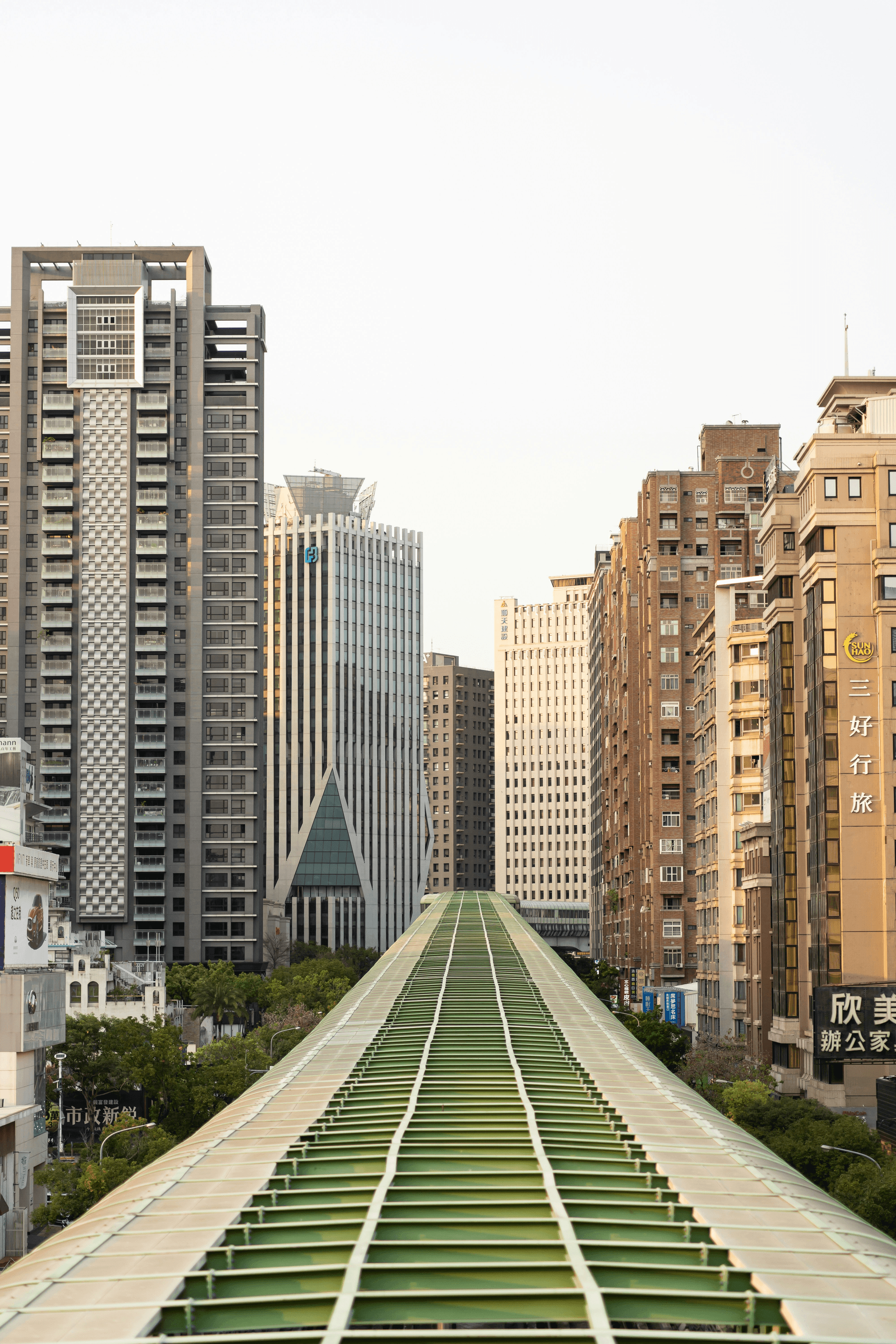
When it comes to capsule house pricing, location plays a pivotal role that can make or break your budget. Urban areas often command higher prices due to demand and limited space, while rural settings tend to offer more affordability but may lack certain amenities. Understanding these dynamics is crucial for potential buyers looking to invest wisely in a capsule home.
Urban vs. Rural Price Variations
Urban environments typically see elevated capsule house prices due to their proximity to work, entertainment, and services. In bustling cities like New York or San Francisco, the allure of minimalist living has driven prices up significantly; a compact capsule can easily cost twice as much as its rural counterpart. Conversely, rural areas present an enticing opportunity for those seeking affordability—where the same capsule house price could get you a larger space with land.
Despite the price differences, urban buyers are often willing to pay a premium for the convenience that city life offers. This trend is fueled by younger generations who prioritize lifestyle over square footage and are increasingly drawn to innovative living solutions like capsule homes. For companies like PreFab Inc., this creates diverse market opportunities that cater to varying consumer needs based on location.
Popular Cities for Capsule Homes
Cities such as Tokyo and Amsterdam have become hotspots for capsule homes due to their cultural acceptance of minimalism and efficient use of space. In Tokyo, where real estate is notoriously expensive, the concept of tiny living resonates deeply with residents seeking both affordability and modern design, thus driving up the average capsule house price in the area. Similarly, Amsterdam's progressive housing policies encourage innovative housing solutions like these compact dwellings.
In addition to these international examples, cities across North America are beginning to embrace this trend as well—think Portland or Austin, where eco-friendly lifestyles are gaining traction among millennials and Gen Z buyers alike. These urban centers not only attract young professionals but also foster communities that value sustainable living practices linked closely with affordable housing options like those offered by PreFab Inc. The growing popularity of these cities further influences local capsule house pricing dynamics.
Zoning Laws and Their Effects
Zoning laws play an essential role in determining how much you’ll pay for a capsule home, depending on where you want it located. In some urban areas, restrictive zoning regulations might limit where you can place your compact dwelling or impose additional fees that inflate overall costs—thereby affecting the average capsule house price significantly. On the flip side, more lenient zoning laws in rural locales can create opportunities for developers like PreFab Inc., allowing them to offer competitive pricing without excessive regulatory hurdles.
Understanding local zoning regulations can help potential buyers navigate challenges associated with placing their desired home in specific neighborhoods or cities effectively—and ultimately influence their choice regarding where they want to live minimally yet stylishly! As zoning laws continue evolving alongside societal trends toward sustainable living practices, they will undoubtedly shape future pricing structures within this niche market.
Consumer Preferences Shaping the Market
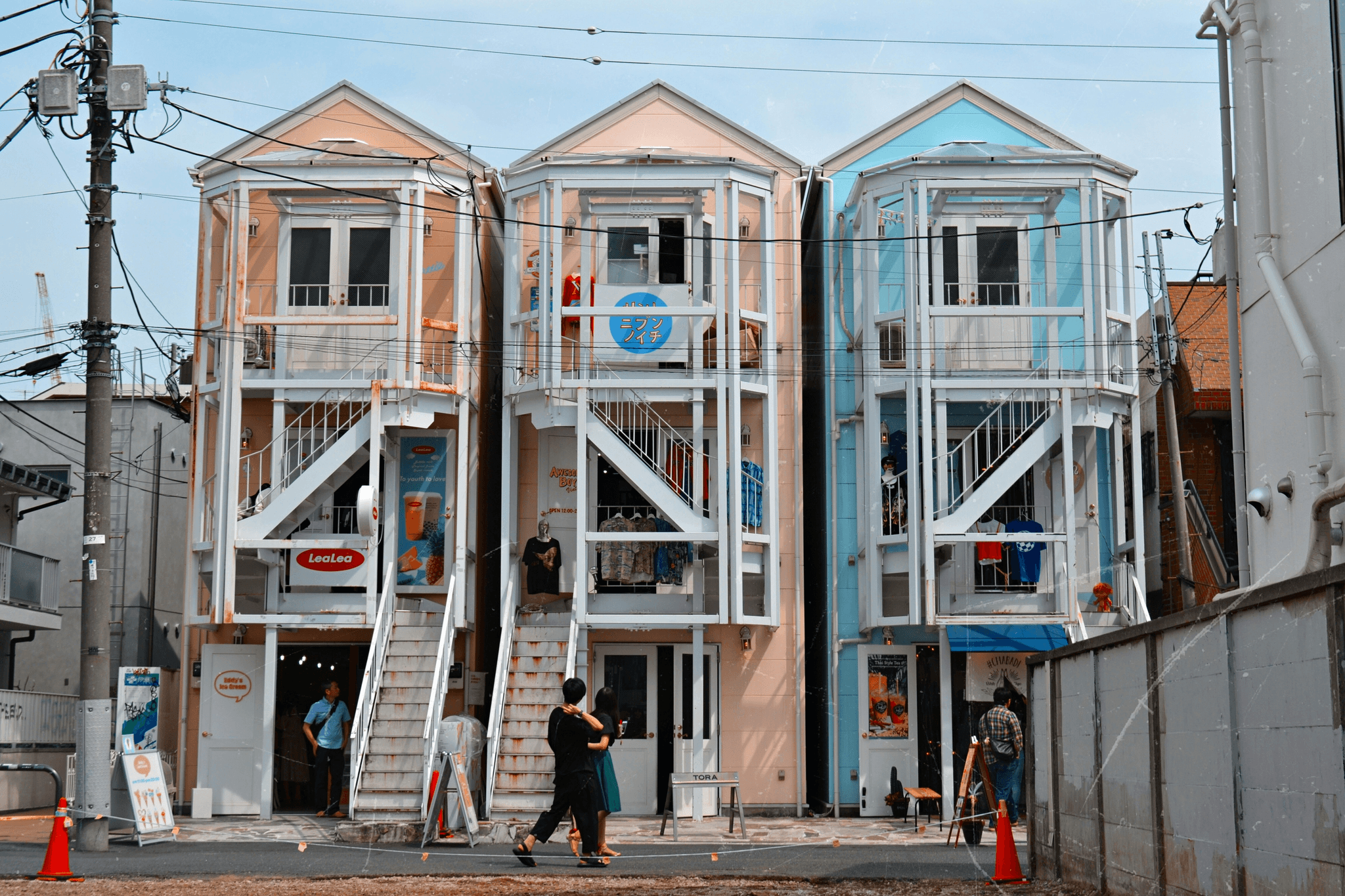
As the capsule house market evolves, consumer preferences play a crucial role in shaping its trajectory. The growing interest in minimalist living and sustainable options has led to a demand for designs that resonate with modern lifestyles. Understanding these preferences is essential for companies like PreFab Inc. to tailor their offerings and stay competitive in the ever-changing landscape of capsule house prices.
Demographic Trends
Demographic shifts are significantly influencing capsule house prices and buyer behaviors. Younger generations, particularly millennials and Gen Z, are gravitating towards smaller living spaces that offer affordability without sacrificing style or comfort. This trend is not just about saving money; it reflects a lifestyle choice that values experiences over possessions, making capsule homes an attractive option for those looking to downsize.
Additionally, urbanization continues to drive demand as more people flock to cities where housing options are limited and expensive. In these densely populated areas, the compact design of capsule houses presents an appealing solution for individuals seeking affordable housing alternatives. As these demographics evolve, so too will their expectations regarding features and functionality in a capsule home.
Desired Features Among Buyers
When it comes to desired features among buyers of capsule homes, functionality reigns supreme. Many consumers prioritize smart home technology that enhances convenience while keeping costs manageable—think energy-efficient appliances and integrated systems for security or lighting control that can adjust on command. These innovations not only streamline daily living but also contribute positively to overall capsule house prices by offering long-term savings.
Moreover, aesthetic appeal cannot be overlooked; buyers often seek sleek designs with customizable options that allow them to express their personal style within a limited footprint. Open floor plans with multifunctional spaces are highly coveted as they maximize usability without compromising on comfort or design aesthetics. As PreFab Inc. continues to innovate, catering to these preferences will be key in maintaining competitive pricing in the ever-evolving market.
The Shift Towards Eco-Friendly Living
The shift towards eco-friendly living is reshaping consumer expectations when it comes to capsule houses and their pricing structures. More buyers are prioritizing sustainability—not just as a buzzword but as a core value influencing their purchasing decisions regarding homes and materials used in construction. This trend has created opportunities for companies like PreFab Inc., which can leverage sustainable practices while keeping an eye on how this affects overall capsule house prices.
Buyers increasingly favor homes built with recycled materials or those designed with energy efficiency at their forefront—features that not only reduce environmental impact but also lead to lower utility bills over time. This growing preference means that while some may initially perceive eco-friendly options as more expensive upfront, they often provide significant savings long-term—an appealing proposition when considering overall capsule house price dynamics.
As we look ahead at the future of housing trends influenced by consumer choices, it's clear that understanding these preferences will be critical for manufacturers aiming to thrive in this niche market segment.
Economic Factors Influencing Capsule House Prices
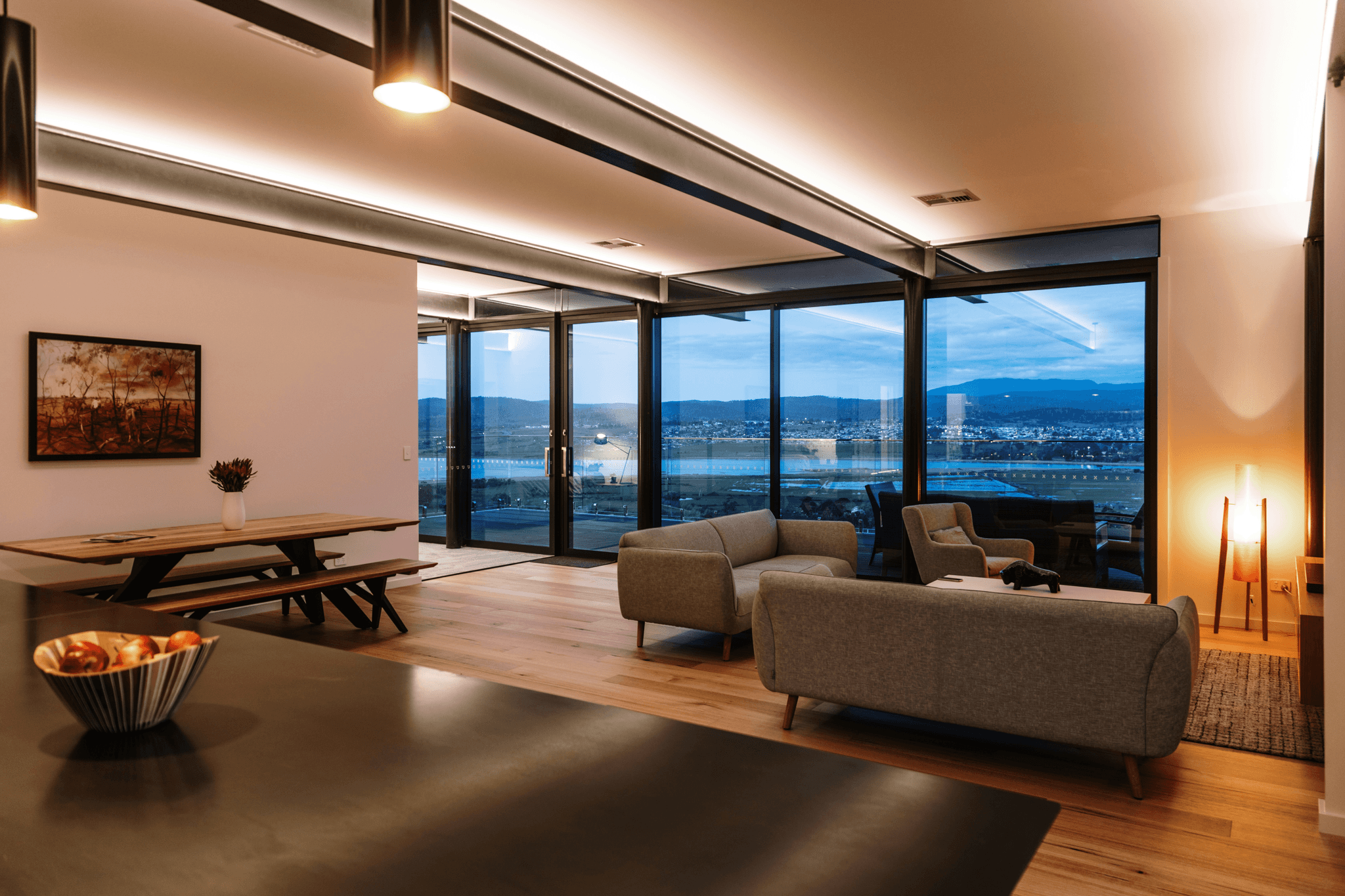
The capsule house market is not immune to the broader economic landscape, and various factors can significantly influence capsule house prices. Understanding these economic drivers is crucial for potential buyers and investors alike. From interest rates to inflation, each element plays a role in shaping the financial viability of owning a capsule home.
Interest Rates and Financing Options
Interest rates are perhaps one of the most critical economic factors affecting capsule house prices. When interest rates are low, financing options become more attractive, allowing potential homeowners to consider investing in a capsule home without breaking the bank. Conversely, high-interest rates can deter buyers, leading to a decrease in demand and potentially lowering capsule house prices.
PreFab Inc. recognizes that offering competitive financing options can make a significant difference in attracting buyers interested in affordable housing solutions like capsule homes. As more people embrace minimalist living, understanding how interest rates impact their purchasing power becomes essential for making informed decisions about investing in a capsule house. For those looking at financing options, keeping an eye on interest rate trends can help secure favorable terms while navigating the ever-evolving housing market.
The Impact of Inflation
Inflation is another vital factor influencing capsule house prices that cannot be overlooked. Rising costs of materials and labor due to inflation can lead to increased production costs for manufacturers like PreFab Inc., which may ultimately reflect on the price tag of new builds. As inflation affects everyday expenses, potential buyers might find themselves weighing their options carefully when it comes to investing in a new capsule home.
Moreover, inflation can erode purchasing power over time; thus, consumers might rush into buying before prices escalate further. This urgency could create fluctuations in demand for capsule houses as people try to beat rising costs, leading to price spikes or drops depending on consumer sentiment and market conditions at any given moment. Keeping an eye on inflation trends will help prospective buyers gauge whether now is the right time to invest in their dream minimalist living space.
Real Estate Market Trends
Real estate market trends play an integral role in determining the pricing dynamics of various housing types—including capsule homes—across different regions. As urban areas continue experiencing population growth and rising housing demands, we are likely to see an increase in overall interest in innovative solutions like capsules that maximize space efficiency while minimizing cost burdens associated with traditional homes.
In addition to urbanization trends driving demand upward for compact living spaces such as capsules, other factors, such as remote work flexibility, have shifted preferences toward suburban or rural locations where these unique structures may be more feasible—and often cheaper! Consequently, understanding local real estate market dynamics helps pinpoint where opportunities lie within this niche segment focused on affordability without sacrificing quality or comfort.
Conclusion
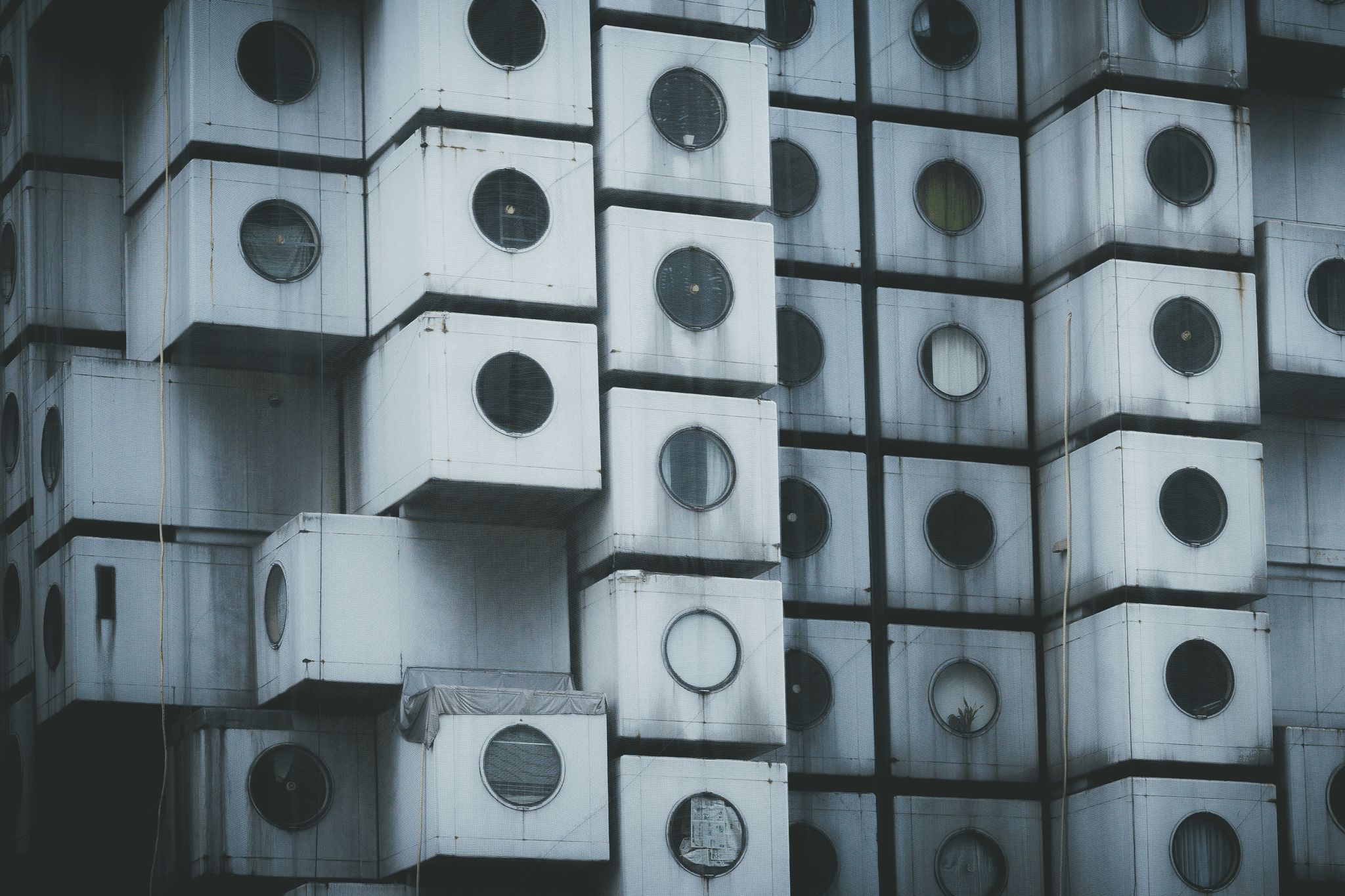
As we wrap up our exploration of the capsule house market, it's clear that this innovative living solution is not just a passing trend but a sustainable choice for many. The dynamics of capsule house pricing are influenced by various factors, from technology to consumer preferences and economic conditions. Looking ahead, it seems likely that the demand for these compact homes will continue to rise, potentially leading to an increase in capsule house prices as more people recognize their value.
Future Predictions for Capsule House Pricing
Forecasting the future of capsule house pricing reveals a landscape ripe with opportunity. As urbanization continues and housing shortages become more pronounced, the appeal of affordable and efficient living spaces will grow stronger. We anticipate that capsule home prices may see an upward trend due to heightened demand, particularly in metropolitan areas where space is at a premium.
The Growing Appeal of Capsule Homes
The allure of capsule homes lies in their minimalist design and eco-friendly features, drawing in a diverse demographic seeking simplicity without sacrificing modern comforts. With rising awareness about sustainability and environmental impact, more buyers are gravitating towards homes that reflect their values—making capsule houses increasingly attractive. This growing appeal is further fueled by innovative designs that prioritize functionality while keeping capsule house prices competitive.
How PreFab Inc. Fits into the Landscape
PreFab Inc. stands at the forefront of this evolving market, offering cutting-edge designs that cater to contemporary lifestyles while maintaining affordability in capsule house pricing. By integrating smart technology and sustainable materials into our homes, we not only meet consumer demands but also enhance overall value propositions in this niche sector. As we navigate the future together with our customers, PreFab Inc.'s commitment to quality ensures that we remain a key player in shaping the landscape of capsule housing.

